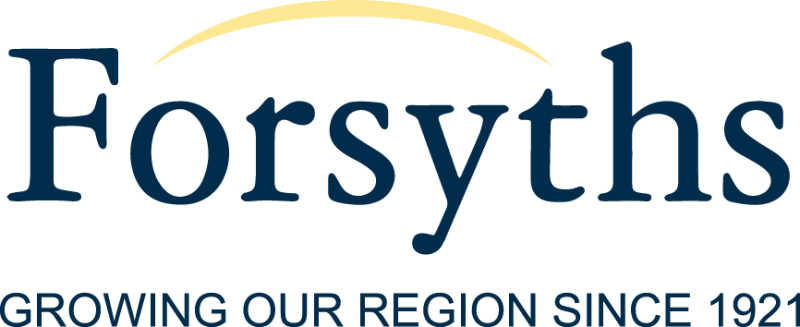
How to claim an early tax deduction on SG contributions
Are you an employer who needs to make superannuation guarantee (SG) contributions for your employees? If so, it may be worthwhile bringing forward these SG contributions to before 1 July to benefit from a tax deduction this financial year. However, the timing of when SG contributions are deductible to an employer can be tricky if employers pay SG contributions for their employees via a superannuation clearing house (SCH).
Recap - What is a SCH?
The ATO’s free Small Business Superannuation Clearing House (SBSCH) is the only ‘approved’ clearing house – none of the many commercial
clearing houses have this status. The SBSCH is a free service that small businesses with 19 or fewer employees, or an annual aggregated
turnover of less than $10 million, may use to make superannuation contributions to employees.
The SBSCH aims to reduce compliance costs for small business employers by simplifying and streamlining the process of making employee
superannuation contributions, by allowing employers to make a single lump payment of their contributions to the SBSCH each quarter. That
lump sum payment is broken into individual payments by the SBSCH, and then contributed to each employee’s respective super fund or RSA.
Tax deduction available for employers
Employers can claim income tax deductions for SG contributions made to a superannuation fund on behalf of their employees, subject to
certain conditions being met.
As the income tax deduction is available in the financial year the contribution is made, some employers may wish to improve their current
year tax position by bringing forward the June quarter SG contributions to before 1 July, even though these SG contributions are not due
until 28 July 2023.
Take care if you use a SCH
As mentioned above, SG contributions are tax-deductible in the year in which they are made. That said, a contribution is not made until it
is received by the fund, and when that happens depends on the way in which the contribution is made.
This is clear-cut where an employer pays SG contributions directly to an employee’s nominated superannuation fund. That is, the contribution
will be made when it is received by the fund.
However, the timing of the tax deduction and when the contribution counts towards the employee’s contribution cap is not as straightforward
where SG contributions are made to a SCH for all employees. Here, the SCH electronically transfers SG contributions to employees’ funds on
the employer’s behalf.
In this situation, the contribution is not made at the time the clearing house is credited with the funds from the employer. Rather, the
contribution is made and therefore deductible when the funds are credited to the respective employee’s superannuation fund (following an
electronic transfer of money from the clearing house) and then allocated to the employee’s superannuation account.
Beware of timing delays
The ATO is aware that there may be a period of time between an employer’s payment to the SBSCH and superannuation fund receiving the
contribution. Further, the SBSCH may be unavailable over a weekend close to the end of the financial year for scheduled system maintenance.
This means that payments made towards the end of a financial year may not be received by an employee’s superannuation fund in the same
financial year. This may therefore impact when an employer is entitled to an income tax deduction for the SG contributions.
Action items for employers
For those employers who do not use the SBSCH but instead use commercial clearing houses, for the contributions to be deductible in 2022/23,
it is recommended that it be made up to 21 days before the end of the financial year.
For employers who make contributions directly to their employees’ superannuation funds, the contributions should be made a few days before
the end of the financial year to ensure they are received before 1 July and therefore deductible in the current financial year.
“The information in this newsletter is factual information only, and is not financial, legal or tax advice. The information is objectively ascertainable information and is not tailored to your personal circumstances. You should consider obtaining professional advice before making a decision in relation to this information.”



